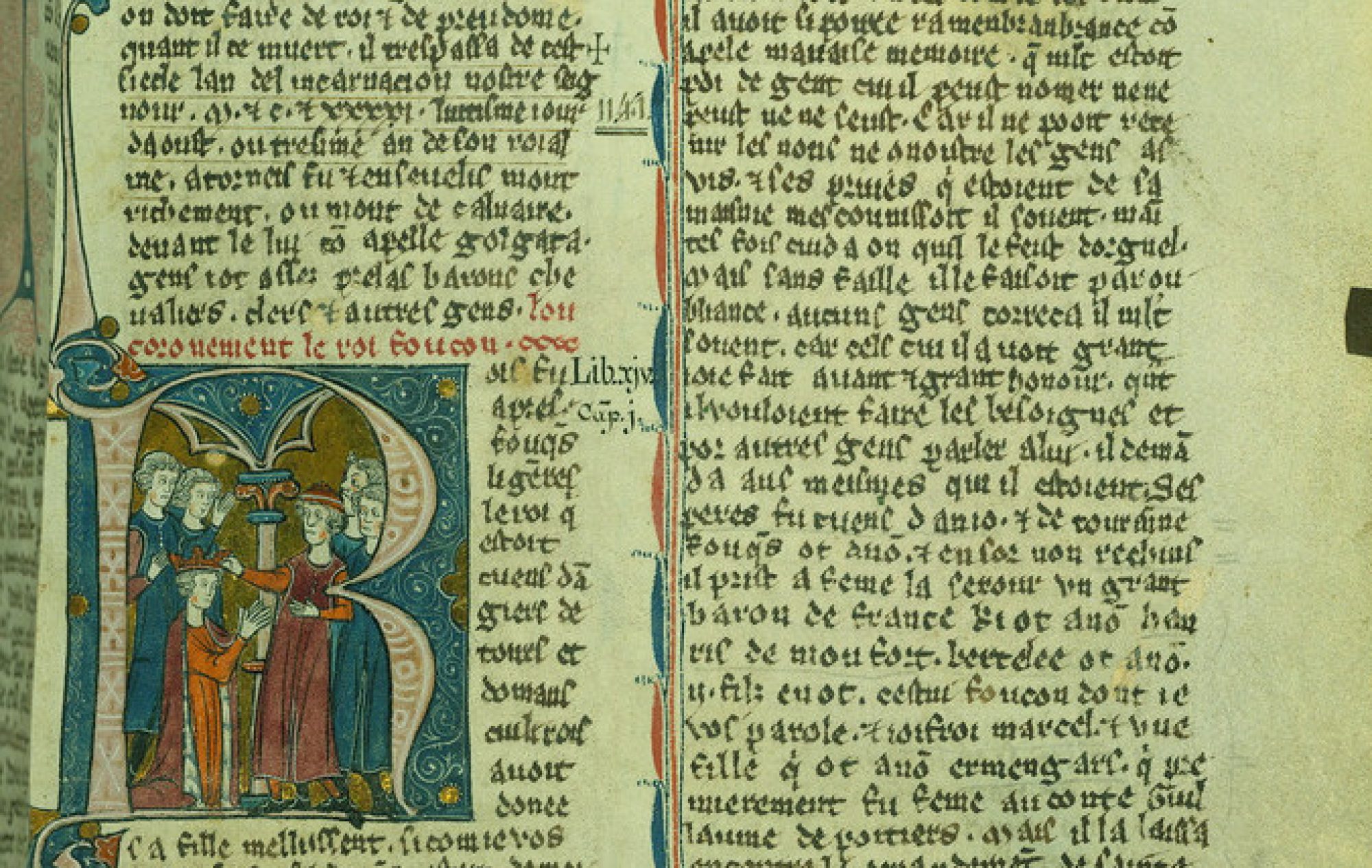King Philip IV, or Philip the Fair, reigned as the monarch of France from 1235-1314 and was largely responsible for instigating the investigation into the Templars. He and his entourage began circulating rumours about the brotherhood in 1305, at Pope Clement V’s crowning in Lyon, France.1 During September of 1307 Philip gave order for his men to begin their preparations to arrest all Templar members simultaneously, and on October 13, 1307, his men successfully gathered and arrested the brothers on a list of multiple charges
(See a list of charges here).2
Historians have cited a few prominent reasons explaining King Philip’s actions. Julien Théry has claimed that the King was pressuring Pope Clement to arrest the Templars because he wanted to exert his force to achieve blackmail; Philip the Fair experienced conflict with Pope Boniface VIII (Pope from 1294-1303) and wanted Clement to support him in denouncing Boniface as a heretic.3 This stemmed from the King’s efforts to weaken the jurisdiction of members of the Church. After King Philip ordered the arrest of Bernard Saisset, bishop of Pamiers, in 1303, Pope Boniface called for a council that had the potential to excommunicate the king.4 In response, Philip ordered for Boniface to be arrested; an uprising ensued, and the Pope was released but died days after. Philip remained bitter following the Pope’s death and wanted to pressure Pope Clement to further his agenda.
Another reason as to why Philip went after the Templars is that he was suffering financially. Having exhausted his revenue, he had already taken advantage of the Lombard bankers and the Jewish population by arresting and confiscating their property.5 Thus, he needed another group to disenfranchise. At the time of the fourteenth century, the Order of the Templar owned a substantial amount of property and were quite wealthy. This enticed King Philip and evoked in him a desire to rob the Templars of their wealth. It is believed that in the early 1300s, the treasurer of the Temple in Paris granted a large loan to the crown, and after the expulsion of that treasurer, the King sought revenge.6 Philip wanted to maintain and extend his power, so after seizing the property of the Lombards in 1291 and the Jews in 1306, he had the brothers of the Temple arrested and immediately assigned rents on their property.7

- Julien Théry, “A Heresy of State: Philip the Fair, the Trial of the “Perfidious Templars,” and the Pontificalization of the French Monarchy,” Journal of Medieval Religious Cultures 39, no. 2 (2013): 130. doi:10.5325/jmedirelicult.39.2.0117.
- Ibid, 131.
- Ibid, 140.
- The Oxford Dictionary of the Middle Ages, edited by Bjork, Robert E. : Oxford University Press, 2010, 554-555
- Frale, Barbara. “The Chinon Chart: Papal Absolution to the Last Templar, Master Jacques de Molay.” Journal of Medieval History 30, no. 2 (2004): 118.
- Malcolm Barber, Crusaders and Heretics, 12th-14th Centuries (Aldershot: Ashgate Publishing Limited, 2003), 99.
- Ibid, 102.
- Philip IV of France and his family. 1313. Original velum manuscript. Bibliotheque Nationale, Paris, http://commons.wikimedia.org/wiki/File:philip_iv_and_family.jpg.
